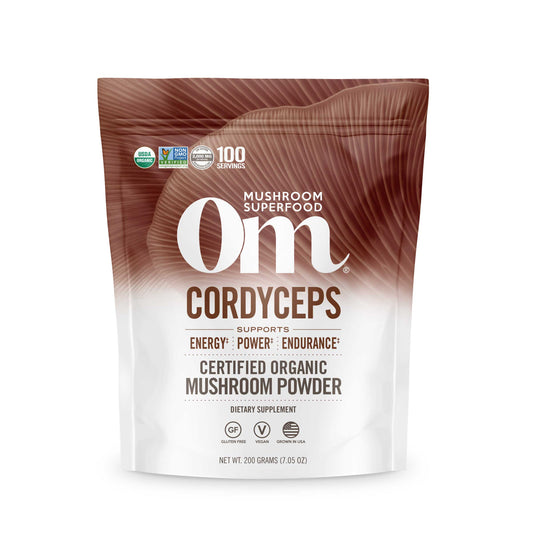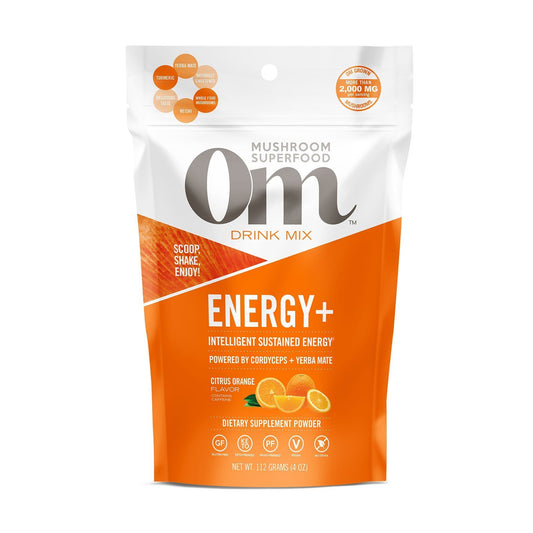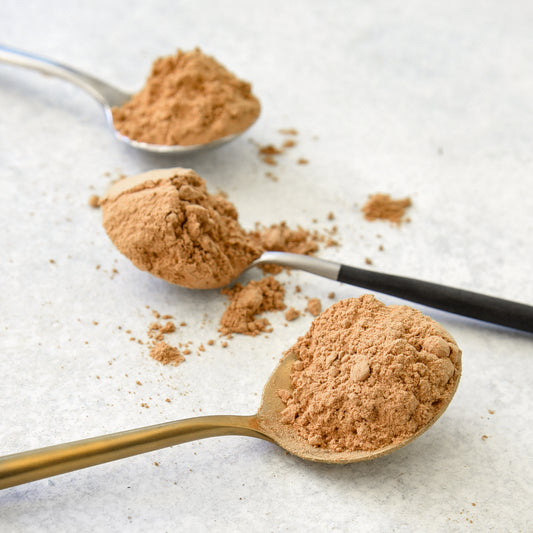There is a lot of curiosity regarding cordyceps, a mysterious fungus found growing naturally on insect larvae in Asia. Though not technically a mushroom, cordyceps is grouped with the functional mushrooms due to its properties and uses that are similar to other mushrooms. Like these, cordyceps has been used for centuries in traditional medicinal practices in China, India, Nepal, and Tibet.
Cordyceps has gained interest in recent years as a functional food and a tool for athletes and fitness enthusiasts. Fortunately, mycologists have been successful in cultivating cordyceps species, thereby increasing access to this previously rare and expensive functional mushroom. Today, cordyceps is readily available in a variety of forms.
Though cordyceps species have been found on every continent except Antarctica, the ones that are valued for medicinal purposes are more limited in scope. If you are researching this unusual fungus, you may already be aware that within the cordyceps genus, there are two species of primary interest: Cordyceps sinensis vs. militaris. If you’re wondering what the differences are and which one provides more health benefits, this article will help you take a closer look.
The History of Cordyceps
In nature, cordyceps is a parasitic fungus that grows on insect larvae. Its mycelium invades the caterpillar’s body, eventually killing and mummifying it. As the mushroom matures, its fruit body protrudes from the ground.
History suggests Cordyceps sinensis was discovered by yak herders in Tibet. When the animals consumed cordyceps fruit bodies—which were likely growing from the ground near the grasses on which they were grazing—they became stronger with increased reproductive capacity. After observing its effects on their herds and believing it to have aphrodisiac action, the herders began to use it and share it with others.
Modern-day interest in cordyceps intensified after a Chinese runner broke several world distance records in 1993 and her coach attributed her athletic success to the regular consumption of a Cordyceps sinensis tonic. Since then, the global demand for cordyceps has led to overharvesting which has resulted in its designation as an endangered fungal species. The good news is, however, that cordyceps is now successfully cultivated at indoor labs thereby increasing its availability.
Cordyceps Sinensis vs. Militaris: What Are the Differences?
Though Cordyceps sinensis was used historically, another species has been identified to closely approximate its benefit profile. Cordyceps militaris was originally described in 1753. This is how the two species compare:
|
Cordyceps sinensis |
Cordyceps militaris |
|
|
Nutrition |
Contains:
|
Contains:
|
|
|
|
|
Potential Benefits |
|
|
|
Research |
||
|
Animal |
||
|
Human |
||
|
Availability |
Wild form is rare and very expensive; Cultivated form is more accessible and affordable |
Cultivated form, via indoor labs, is available and affordable |
Which One Is Right For You?
As a functional food, the bioactive compounds contained in cordyceps may have therapeutic applications. Scientific and medical researchers continue to investigate these potentials.
Both Cordyceps sinensis and militaris have similar properties that make them a desirable supplement for a variety of purposes, including:
- Supporting a healthy immune system‡
- Supporting cardiac and respiratory health‡
- Supporting metabolic health‡
- Promoting exercise endurance and recovery‡
- Supporting sleep cycles‡
Both Cordyceps sinensis and Cordyceps militaris are well-researched and commercially available in convenient and easy-to-use products. The key to realizing their beneficial potential is regular daily use.
How Can I Access the Benefits of Cordyceps?
Cultivation techniques continue to improve allowing cultivators of Cordyceps sinensis and militaris to provide increasingly consistent and higher quality products. This has permitted cultivated cordyceps to achieve quantities of bioactive compounds that approach or exceed those found in wild-harvested varieties.
Experimentation with Cordyceps militaris has allowed cultivators to determine the optimal harvest window to obtain the largest quantity of bioactive ingredients. Trials with different growth media have also enabled cultivators to optimize Cordyceps militaris’ growing conditions. By starting with select strains of cordyceps and matching them to their ideal growing conditions, cultivators have been able to produce consistently high-quality cultivars.
As long as those in the health and wellness space continue to elucidate the potential benefits of cordyceps and mycologists continue to improve on the cultivation process, quality cordyceps products will be available to support your goals. As for the Cordyceps sinensis vs. militaris debate regarding which one provides more health benefits, the answer is simple: You can’t go wrong with either one.
[CTA]
‡These statements have not been evaluated by the Food and Drug Administration. Functional mushroom products are not intended to diagnose, treat, cure or prevent any disease.
Featured Products
-
Cordyceps Mushroom Capsules
Rated 4.7 out of 5 stars138 ReviewsRegular price $29.99Regular priceUnit price per -
Cordyceps Organic Mushroom Powder
Rated 4.7 out of 5 stars138 ReviewsRegular price From $19.99Regular priceUnit price per -
Energy+ Citrus Orange Mushroom Drink Mix
Rated 4.7 out of 5 stars138 ReviewsRegular price From $19.99Regular priceUnit price per

















